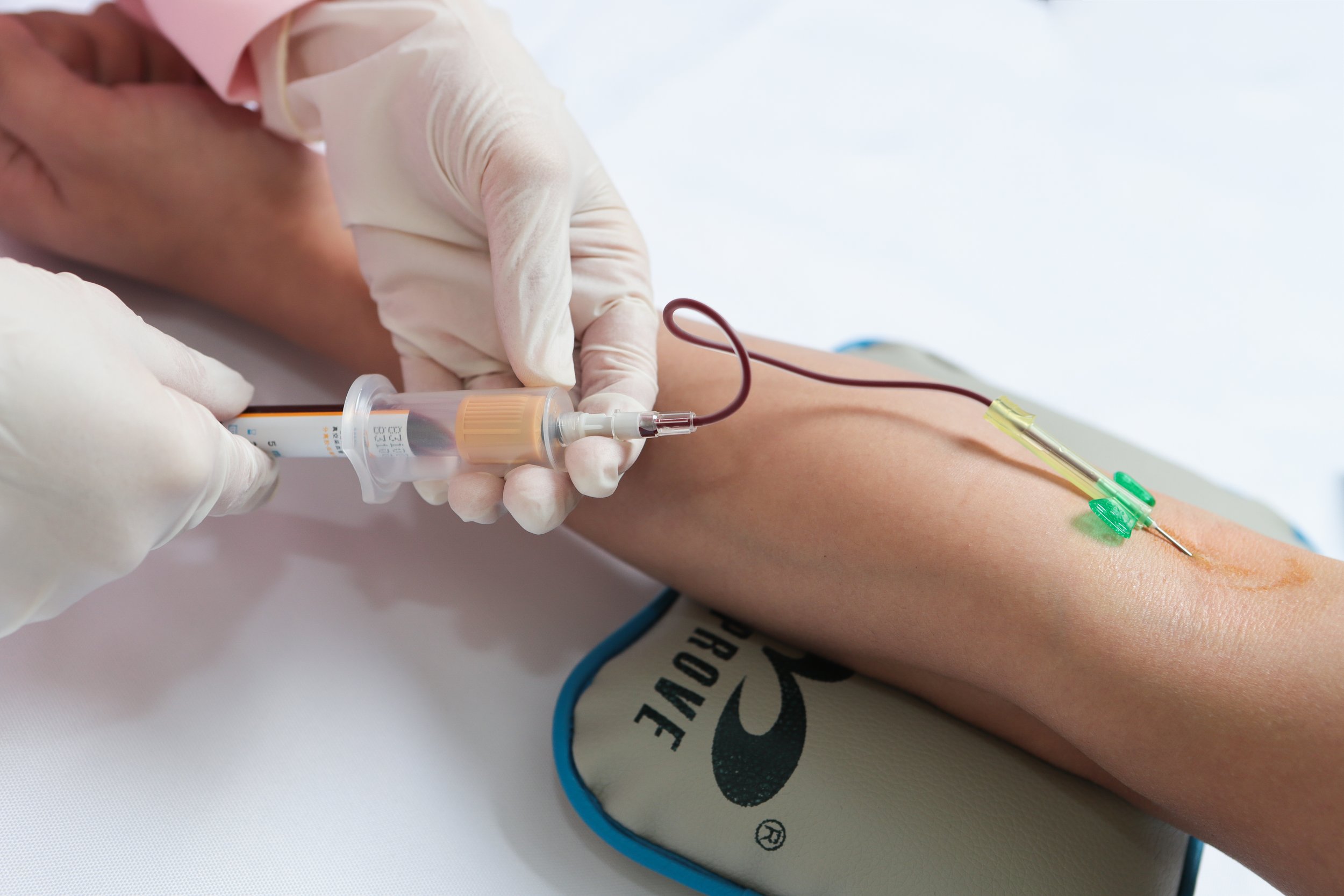Common Factors Leading to Delays in Production or Shipping in Medical Labs and Phlebotomy Services in the United States
Summary
- Inadequate staffing levels
- Equipment malfunctions
- Inefficient processes
Introduction
Medical labs and phlebotomy services play a crucial role in the healthcare system by providing valuable diagnostic information to aid in patient care. However, delays in production or shipping can significantly impact the quality and timeliness of patient care. In this article, we will explore the common factors that contribute to delays in production or shipping in a medical lab and phlebotomy setting in the United States.
Inadequate Staffing Levels
One of the most common factors that contribute to delays in production or shipping in a medical lab and phlebotomy setting is inadequate staffing levels. When there are not enough phlebotomists or lab technicians to handle the workload, samples may pile up, leading to delays in processing and shipping. This can result in delayed Test Results and ultimately, delayed diagnoses and treatment for patients.
Effects of Inadequate Staffing
- Long wait times for patients
- Increased risk of errors due to overworked staff
- Backlog of samples waiting to be processed
Equipment Malfunctions
Another common factor that can contribute to delays in production or shipping in a medical lab and phlebotomy setting is equipment malfunctions. Modern labs rely heavily on sophisticated equipment to process samples and perform tests. When this equipment breaks down or malfunctions, it can bring the entire Workflow to a halt, leading to delays in production and shipping.
Consequences of Equipment Malfunctions
- Delayed Test Results
- Increased risk of sample contamination
- Loss of valuable samples
Inefficient Processes
Lastly, inefficient processes within a medical lab or phlebotomy setting can also contribute to delays in production or shipping. Inefficient processes can lead to bottlenecks in Workflow, unnecessary delays in sample processing, and errors in shipping and handling samples. This can result in delays in Test Results and an overall decrease in the quality of patient care.
Signs of Inefficient Processes
- Excessive paperwork and manual data entry
- Unclear communication between staff members
- Lack of standardized protocols for Sample Handling
Conclusion
In conclusion, delays in production or shipping in a medical lab and phlebotomy setting in the United States can be caused by a variety of factors, including inadequate staffing levels, equipment malfunctions, and inefficient processes. By addressing these common factors and implementing strategies to improve Workflow and efficiency, medical labs and phlebotomy services can reduce delays and improve the quality of patient care.

Disclaimer: The content provided on this blog is for informational purposes only, reflecting the personal opinions and insights of the author(s) on the topics. The information provided should not be used for diagnosing or treating a health problem or disease, and those seeking personal medical advice should consult with a licensed physician. Always seek the advice of your doctor or other qualified health provider regarding a medical condition. Never disregard professional medical advice or delay in seeking it because of something you have read on this website. If you think you may have a medical emergency, call 911 or go to the nearest emergency room immediately. No physician-patient relationship is created by this web site or its use. No contributors to this web site make any representations, express or implied, with respect to the information provided herein or to its use. While we strive to share accurate and up-to-date information, we cannot guarantee the completeness, reliability, or accuracy of the content. The blog may also include links to external websites and resources for the convenience of our readers. Please note that linking to other sites does not imply endorsement of their content, practices, or services by us. Readers should use their discretion and judgment while exploring any external links and resources mentioned on this blog.
